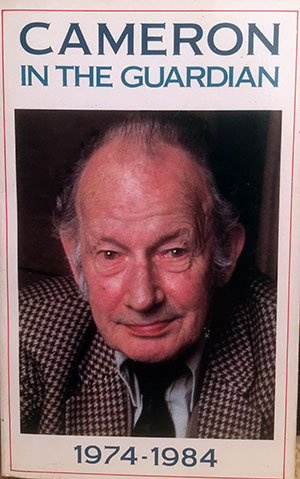The actresses of the classic film, Belle de Jour…
 Next month marks the forty eighth anniversary of one of the great films of French cinema, Belle de Jour. Starring the stunning Catherine Deneuve in the lead role it was and remains a remarkable film of its time and subject matter. To think of it as nothing more than ‘bored housewife has sex with strangers’ would be to miss the point entirely.
Next month marks the forty eighth anniversary of one of the great films of French cinema, Belle de Jour. Starring the stunning Catherine Deneuve in the lead role it was and remains a remarkable film of its time and subject matter. To think of it as nothing more than ‘bored housewife has sex with strangers’ would be to miss the point entirely.
The story centres around Séverine (Deneuve) a young married woman who finds difficulty in being intimate with her husband, a young doctor who shows remarkable patience and understanding throughout the film. There are numerous scenes portraying Séverine’s dark fantasies in which she is continually punished for her frigidity by means of bondage and sadomasochism. The very fact that women’s sexual fantasies were acknowledged, let alone filmed in an era and country where women where virtually always portrayed as objects of desire and little else made it a breakthrough film in itself. For it then to show prostitution through the eyes of the woman and not the man, more remarkable still.
Séverine’s memories of childhood abuse haunt her throughout the film but particularly as she joins a high class brothel in which a young girl lives in the flat above and is seen to be protected from lecherous clients. We see Séverine’s torment as she takes her first client, she is at once aloof and vulnerable and we see how her moods change from one man to another whilst her own personal sex life improves at home.
For me, the film empowers the women who work in the brothel, the male clients appear strong and at times severe but it is the women who are calling the shots and the film shows the inherent weakness in the male characters. The brothel owner, Madame Anaïs (played by Geneviève Page) is firm yet fair and her clients respect her business. She is supported by two prostitutes, Charlotte (Françoise Fabien) and Mathilde (Maria Latour) who envy Séverine’s smart clothes and upper class upbringing whilst they work to feed their families. We see how the two women exert control over the clients and whilst that does justify the work it did paint the role of the female sex worker in another light.
A perfect example of this is when Charlotte quite literally dominates one man whose role playing fantasies are shown for what they really are, and how (seemingly) Charlotte deals with him in an amusing and carefree manner. Like the other call-girl, Mathilde, we do not see how the ‘business’ truly affects the two girls and perhaps that is how it was meant to be left, the women calling the shots? Eventually Séverine meets a young gangster called Marcel (Pierre Clémenti) who becomes infatuated with her and his jealousy results in him threatening to tell her husband about them and her work. In his rage he shoots the husband before being gunned down himself and Séverine commits to looking after her crippled husband until a ‘friend’ threatens to expose her past. But by now her demons have been exorcised and she makes no effort to stop him and we see her final fantasy, her husband as he was, fit and healthy and she, happy and in love. The film, in the round, can be viewed as a dream but for this particular viewer I saw it as Luis Buñuel directing a film which went some way in liberating women’s sexuality and freedom to express it. Yes it was in the context of prostitution and exploitation but it showed women taking a lead with strong characters every bit the match for the men. I liked that.
Categories: The Honey Trap






